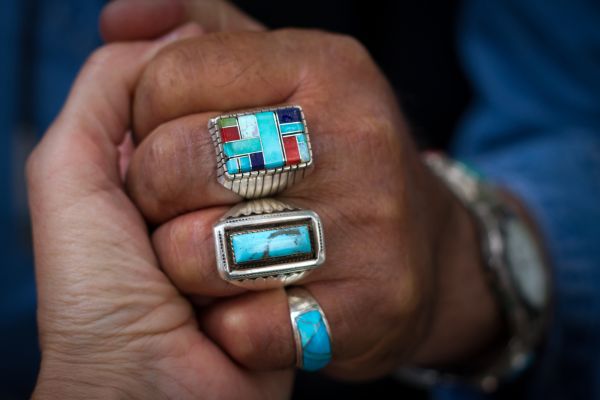
- Details
- By Kaili Berg
When talking about mental health, suicide, or any other health issue in the Native American community, it’s important to note and acknowledge the historic trauma Indigenous communities face that has resulted in AI/AN people experiencing poorer health and socioeconomic outcomes.
It is encouraged to also learn the warning signs of suicide. According to the National Alliance on Mental Illness (NAMI), warning signs of suicide include:
- Increased substance use and abuse
- Feelings of emptiness, hopelessness or being trapped
- Significant mood swings
- Talk of wanting to die or being a burden
- Withdrawal from friends and relatives
- Feelings of intense guilt or shame
- Making a plan or researching ways to die
- Eating or sleeping more or less
- Acting impulsively or recklessly
Even when care can be accessed, it can be unhelpful in addressing the distress of Indigenous people, if not harmful, by perpetuating a negative view of their culture and themselves. For this reason, it is important for care providers to also understand culturally competent care and include suggestions on connecting that individual to their community as part of treatment.
If you don’t have a health professional who can assist you, below is a list of federal agencies, organizations, articles, training materials, and resources on AI/AN suicide prevention.
Federal Resources
Indian Health Services (IHS) Division of Behavioral Health
Substance Abuse and Mental Health Services Administration Tribal Affairs
American Indian and Alaska Native Organizations
Suicide Prevention Resource Center American Indian and Alaska Native Website
Center for Native American Youth
American Indian Institute at the University of Oklahoma
Suicide Prevention Organizations
National Suicide Prevention Lifeline
American Foundation for Suicide Prevention
Suicide Prevention Resource Center
AI/AN Suicide Prevention Publications and Resources
Restoring Balance-Community Readiness
Northwest Suicide Prevention Tribal Action Plan
The AI/AN Suicide Prevention Strategic Plan 2011-2015
If you or someone close to you are in need of support, you can call, text, or chat with 988 Suicide & Crisis Lifeline, which provides 24/7, free and confidential support.
More Stories Like This
Artificial Intelligence Impacts the Art and Science of Dentistry - Part 1Chumash Tribe’s Project Pink Raises $10,083 for Goleta Valley Cottage Hospital Breast Imaging Center
My Favorite Stories of 2025
The blueprint for Indigenous Food Sovereignty is Served at Owamni
Seven Deaths in Indian Country Jails as Inmate Population Rises and Staffing Drops

